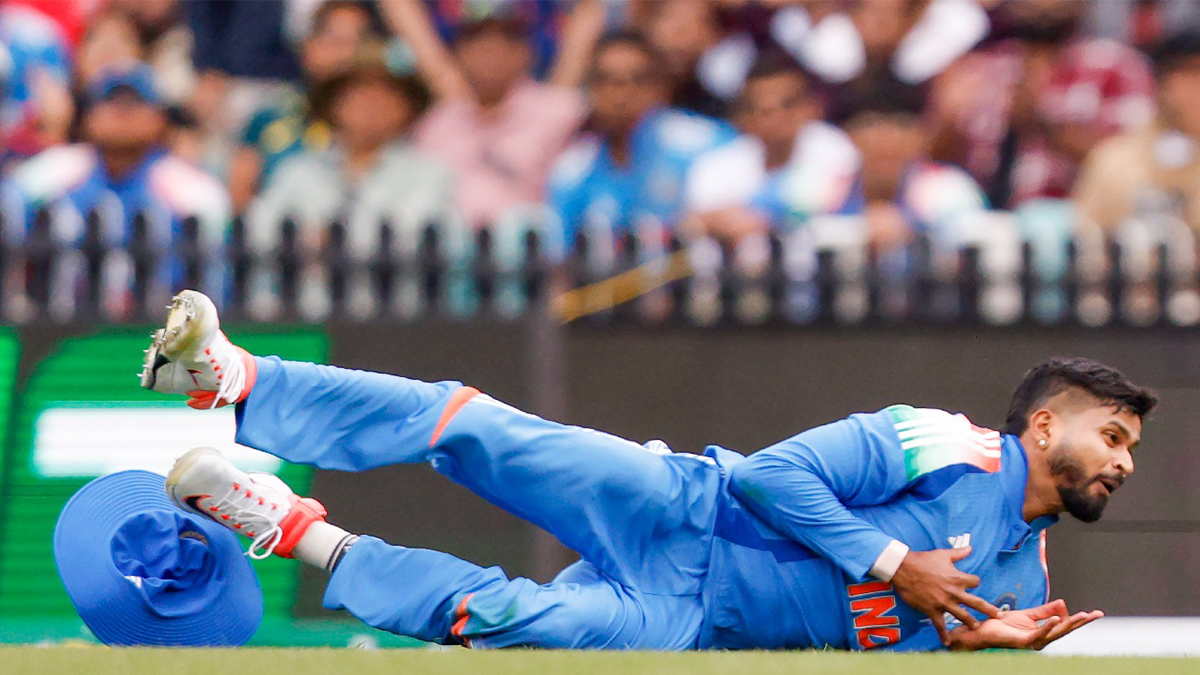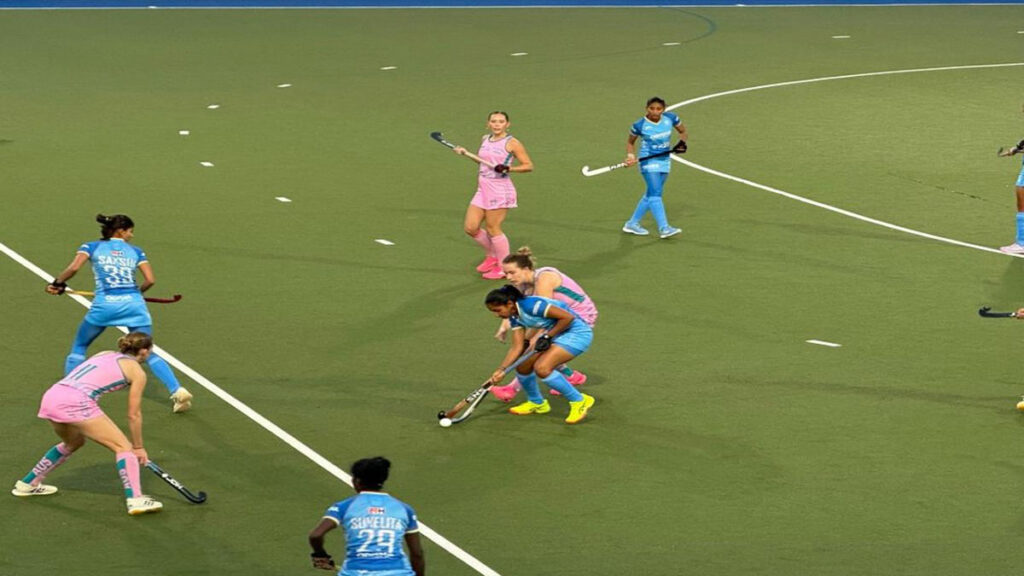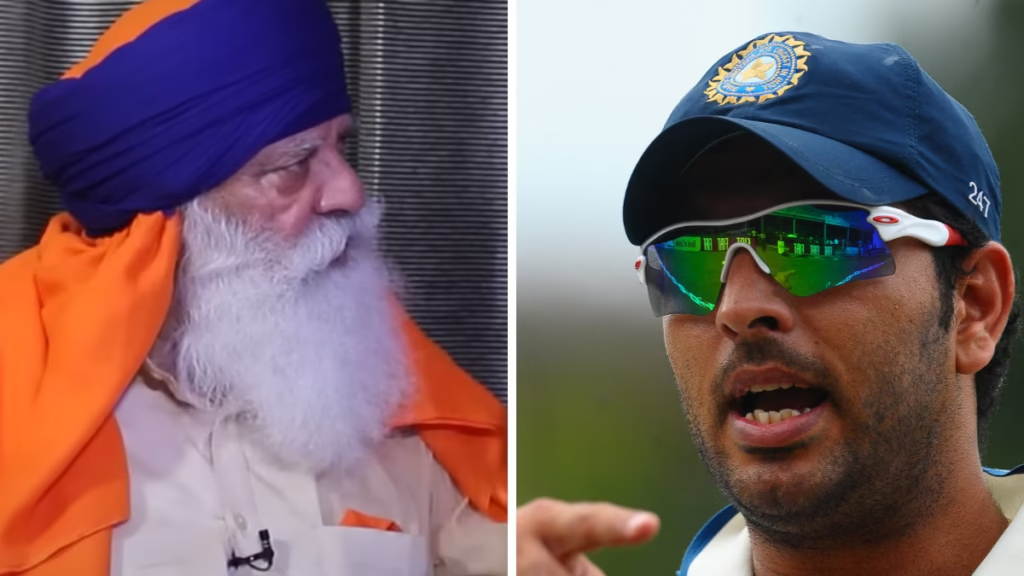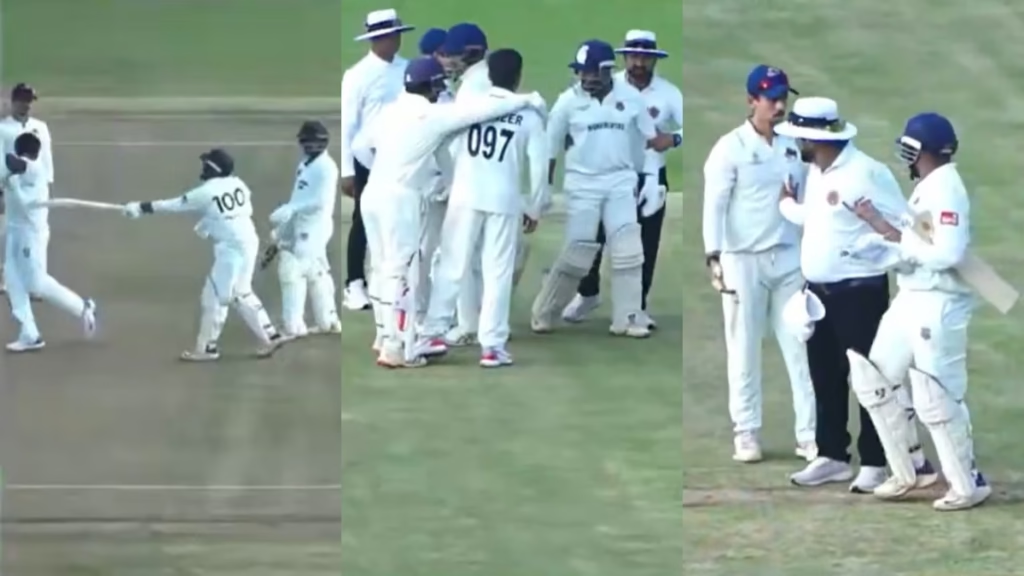Now Reading: Shreyas Iyer Health Update: Stable Post-Spleen Injury
-
01
Shreyas Iyer Health Update: Stable Post-Spleen Injury
Shreyas Iyer Health Update: Stable Post-Spleen Injury

India’s ODI vice-captain, Shreyas Iyer, has been moved out of the Intensive Care Unit (ICU) and is reported to be in a stable and recovering condition at a hospital in Sydney. The positive update follows a worrying period after the batter sustained a serious spleen laceration injury while fielding during the third One Day International against Australia on Saturday, October 25, 2025.
Details of the Injury and Immediate Action
Iyer’s injury occurred during a spectacular diving catch to dismiss Alex Carey, where he landed awkwardly on his left lower rib cage. While the injury initially appeared to be a rib cage concern, subsequent scans at a Sydney hospital revealed a more critical issue: a laceration to the spleen. The spleen, being a highly vascular organ, can cause significant internal bleeding when ruptured or torn.
Reports suggest that the situation was potentially life-threatening, as Iyer’s vital parameters dropped alarmingly upon returning to the dressing room, prompting the BCCI medical team and support staff to swiftly rush him to the hospital for immediate and critical medical care. The prompt action by the medical personnel has been credited with preventing a more severe outcome.
Medical Monitoring and Recovery Status
The Board of Control for Cricket in India (BCCI) confirmed the diagnosis in an official statement, stating that Iyer is currently under treatment, medically stable, and recovering well.
- Close Supervision: The BCCI Medical Team is closely monitoring his injury status in consultation with specialists in both Sydney and India.
- On-Site Doctor: The Indian team doctor will remain in Sydney with Iyer to evaluate his day-to-day progress.
- Current Condition: Although stable and out of the ICU, sources indicate the cricketer’s health remains “delicate but stable,” and he is expected to remain under hospital observation for at least the next few days.
Team India’s T20I captain, Suryakumar Yadav, also provided a reassuring update, stating that Iyer is “recovering well“ and is now able to respond to messages.
Road to Recovery and Return to Cricket
A spleen laceration requires careful management, with a full recovery typically demanding a significant period of rest to ensure the tear heals completely and there is no risk of further bleeding. Doctors generally advise against any physical contact or high-impact activity for several weeks to months.
While the immediate concern is Iyer’s complete and safe recovery, the injury casts a doubt over his participation in India’s upcoming international assignments, including the series against South Africa scheduled later this year. The focus for both the player and the board remains on his well-being, with any return to competitive cricket to be determined only after a full medical assessment and rehabilitation.










